The bee population is plummeting at a rate never seen before. Some colonies are shedding up to 30% of their colony every year. And this puts at risk almost all of our agricultural products. At the same time, rice crops are failing all around the world. Over 3.5 billion people rely on rice to survive and governments are scrambling to find a solution.
Nothing lasts forever. And the Earth is no exception. From vanilla and coffee to essential drinking water, you’ll be shocked to learn that some of the most essential materials and food are quickly being depleted.
Here are 25 things the world is running out of!
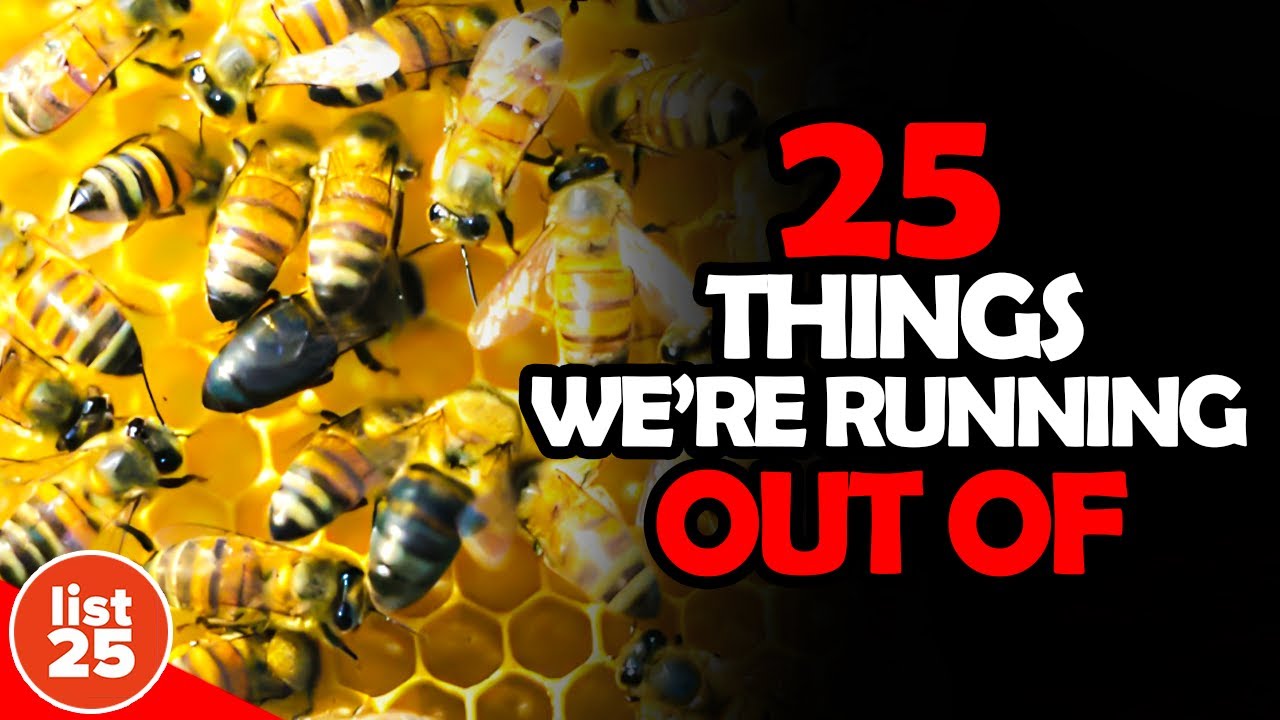
Ivory
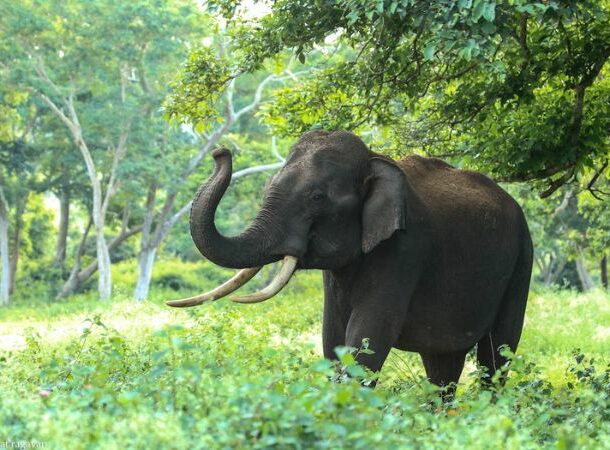
Let’s start with one of the most controversial items on the list. Going back hundreds of years, there has been one prized possession coming out of Africa — ivory. If you don’t know, ivory is the tusks and teeth of animals, most often elephants.
It’s not as popular now, but this material has been used for jewelry, furniture, and even piano keys. Tens of thousands are still poached every year to fuel the trade, despite elephants being a protected species. In Africa, there are only 400,0)0 wild elephants left — compare that number to 500 years ago when there were 25 million.
Bamboo
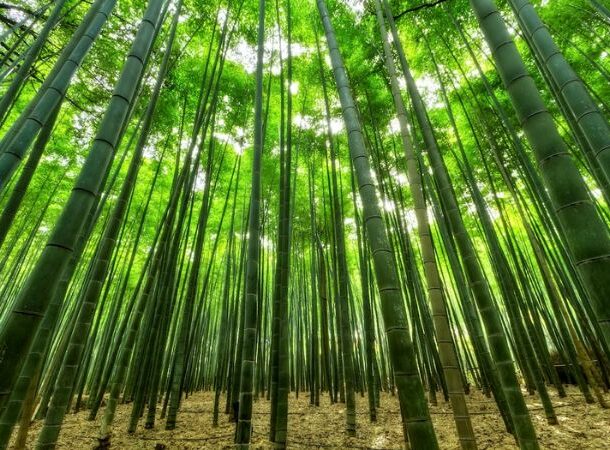
Bamboo is famous for being lightning-quick at growing. It can spurt up by 35 inches in just a single day. Unfortunately though, this still isn’t fast enough. Bamboo is being over-harvested faster than ever before.
Deforestation has driven 50% of the world’s 1200 species of woody bamboo into danger of becoming extinct. Apart from a $2 billion industry for construction, clothes, and paper, bamboo is a vital food and habitat for animals like red pandas, elephants, and chimpanzees.
Peanuts
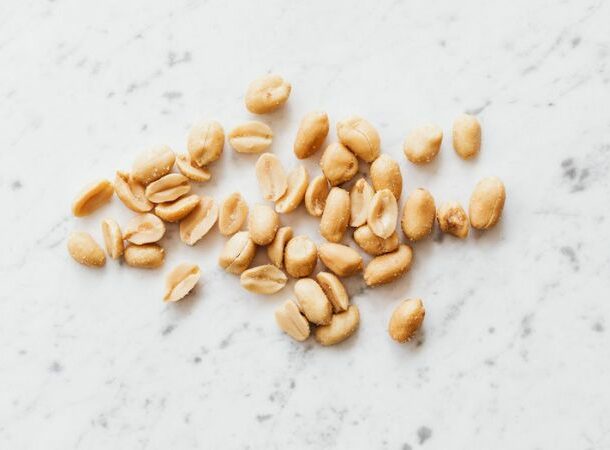
Peanuts demand very specific temperatures, with anything over 86 degrees generally considered too hot. Warming temperatures around the world are taking peanut regions into conditions that make growth impossible.
Already, the industry is making changes to try and adapt. In the United States, peanut farmers are being forced further North to find the right temperatures. With the climate projected to increase by between 4 and 10 degrees in the next century, combined with less frequent rain, peanut production will suffer from a continued decline.
Tungsten

Tungsten is a rare metal vital for making things ranging from plastics and ceramics to electronics construction and mining equipment. That’s because it’s one of the hardest materials known to man. It was first found at the end of the 18th century and has been growing in use ever since. The tungsten market is worth almost 4 and a half billion dollars, mainly located in China.
But the golden era of tungsten supply is fast coming to an end. China’s exports have dropped so low that they are now a net importer of tungsten as it opts to use tungsten instead for itself. Outside of China and Russia, there are only 5 tungsten mines. That doesn’t compare to what’s coming up at number 18 — a material that feels abundant but is fast running out. And even worse, we can’t mine any more of it.
Arable land
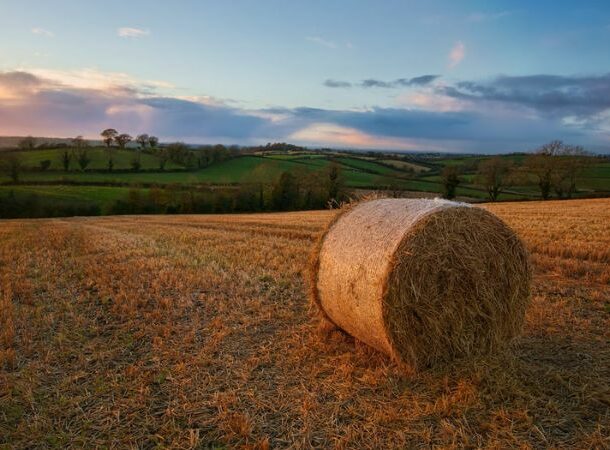
The effects of climate change are most immediately felt on the quality of Earth’s land. Around 25 percent of land in the world is now unusable for growing crops. Much of this is driven by desertification and droughts. The United Nations is now leading an international effort for sustainable land management programs in an attempt to teach methods to farmers that can be used to prolong land use.
Bee population
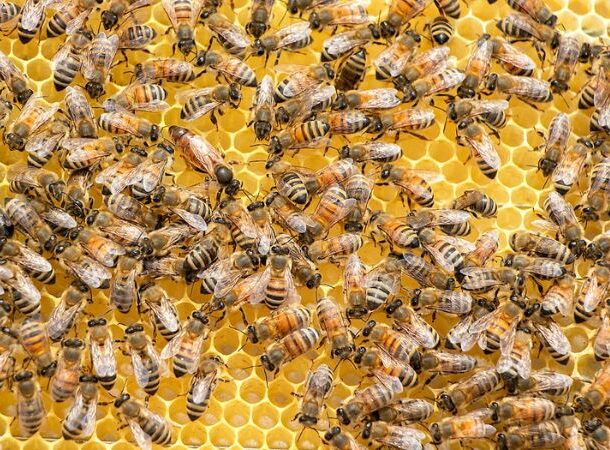
In case you didn’t know, bees are an essential part of our ecosystem. They pollinate around 80% of flowering plants in the world, almost all of which humans depend on in some way or another. That’s why keeping the decline of bee populations is a serious worry.
In the United States, where honey bees contribute around $20 billion to the economy by pollinating agricultural products, some colonies are losing 30% of their population each year. So, what exactly is going on? A big part of it is the way human society has changed. As people have moved to cities and built up high-density areas, there is less space for bees. To make things worse, certain chemicals used to protect plants are extremely harmful to bees.
Chocolate
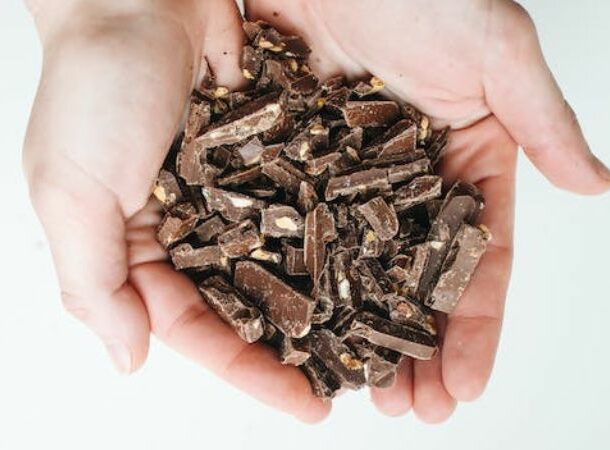
Just before Halloween earlier this year, cocoa’s price peaked at an almost half century high. Cocoa is used to make millions of chocolate products. But our chocolate addiction might come to a sudden end. in the coming decades.
A warmer climate, as well as weather phenomena like the “El Nino”, is leading to a shortage of cocoa and making it more costly to produce. Dryer conditions, periods of flooding, and rising temperatures are threatening the future of the cocoa industry. Anything under 10 degrees can kill a cocoa tree, along with anything over 52 degrees. So, enjoy chocolate bars while you can!
Sand

Sand might be the last thing you’d think the world is running low on. Surely, we can just pick up sand from the endless piles in the desert or on the beach, right? Actually, there are only a limited number of places where sand suitable for concrete can be found: mainly in rivers and lakes. The sand from deserts is too fine and smooth to be used for the things that humans demand it for.
A global shortage of sand doesn’t just mean fewer sandpits. It also impacts construction and even the technology in our mobile phones. Sand makes up much of the concrete used to build cities as well as asphalt for roads. In fact, almost all of our critical infrastructure depends on sand at some point or another — making it the second most demanded resource, following only water.
However, this huge demand has taken a toll on the planet’s sand supply. By taking millions of tonnes every single year, global consumption is fast leading to a shortage.
Indium
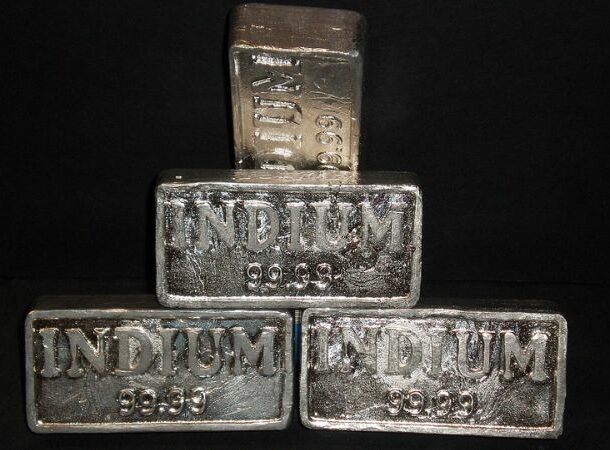
Indium is a rare metal found deep below the Earth’s surface. Despite its rarity, it has become increasingly necessary in the modern world, as it is used in the production of LCD screens and other electrical devices. About half of the indium reserves in the world are found in China, through zinc mines, and without a large-scale program to recycle our LCD screens and electronics, indium will one day run out.
Indium might be important for technology, but nowhere near copper, which is coming up at number 12.
Neodymium

During the 1980s, the Chinese were looking for a cheaper alternative to Samarium-Cobalt magnets, which are used in machines like generators, motors, and sensors. Through their research, they eventually created a magnet of their own, called neodymium magnets.
Neodymium magnets have been useful for military weapons and cutting-edge technology because of how strong they are. But there are other uses too. And with a wave of renewable technology on the rise, especially electric vehicles, there is projected to be a global shortage of neodymium in the future.
Vanilla
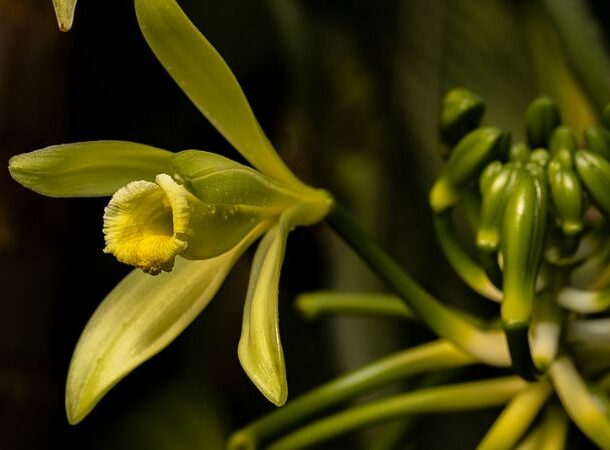
If your favorite flavor is vanilla, I’m afraid I’ve got some bad news for you. Most of the world’s vanilla supply — more than 80% — comes from Madagascar, an industry of around $1 billion a year. Vanilla plants growing in the wild are incredibly rare. And in Madagascar, deforestation and problems with workers are putting at risk the vanilla exports that so many products depend on.
At the moment, industries that need vanilla beans synthesize vanillin from petroleum. But there is hope for regenerating natural vanilla production. One company is optimistic that it could have solved the looming crisis with a method of obtaining vanilla from corn fiber instead.
Antibiotics

Antibiotics serve a key function in modern medicine. Since the discovery of penicillin in the 1920s, doctors around the world have been using antibiotics to treat infections, prevent diseases, and perform surgery on patients. However, there are two emerging problems in the production of antibiotics. Supply chain issues during the pandemic slashed production, causing European countries to panic.
Secondly, our bodies are becoming increasingly resistant to antibiotics and limiting their effectiveness. This comes from the overuse of antibiotics, so a shortage might not be completely negative for us.
Coffee
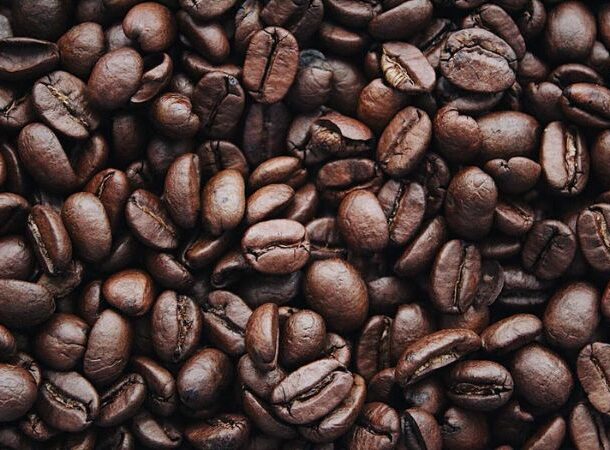
Nothing gets you going better than a cup of coffee in the morning. Unfortunately, the rest of the world feels the same. More than 2 billion cups of coffee are being drunk every single day.
In Europe, a coffee shortage is predicted to hit in the next couple of years. At the root of the problem are regulations about deforestation in major producing countries like Vietnam and Indonesia. While these rules might be good for the planet, they might end up with us having to cut down on our daily — or hourly — coffees.
Copper

If the world wants to transition to green energy, then infrastructure will need to be built using copper. It is one of the best conductors of electricity that we know of, making it the best choice for wiring things like solar panels or wind farms.
A huge gap in copper supply is on the horizon and is expected to hit the world around 2025. Mainly located in South American countries like Chile and Peru, copper mines at the start of the production line are prone to interruption from protests and political instability. The industry has known about these problems for years, but finding and building more copper mines is proving to be difficult and slow.
Pangolins
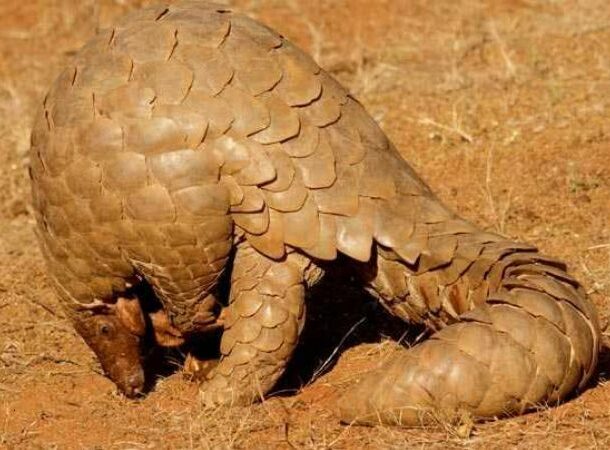
China’s more than four decades of economic growth is changing the world, sometimes for the worse. One of those is the population of pangolin, a unique mammal found in parts of Asia. These animals protect forests by eating termites that threaten trees. You can easily recognize a pangolin by its scales, which coat its entire body to protect it from danger.
However, this is the very reason that they are in danger. Demand for pangolin scales in China is huge, and the country’s growing economy is only increasing that demand. The scales are used in some traditional medicine as a supposed remedy against a variety of illnesses. Even though the use of pangolin products is highly illegal in most parts of the world, pangolins make their way through borders on the black market and are now the most trafficked animal on Earth.
Rubber
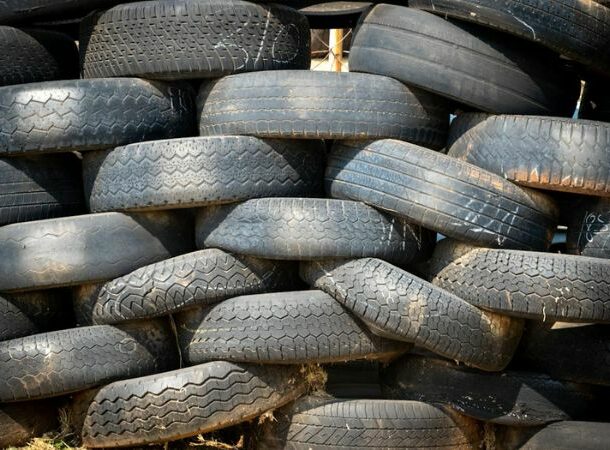
Make sure you don’t shred your car tires doing too many burnouts, because there could be an upcoming shortage of rubber. And it’s not only used in the car industry, rubber is also essential for certain electronics and medical functions. Rubber comes from a tree called — you guessed it — rubber trees! Most of them are in Southeast Asia.
In an average month, the United States imports over $140 million of rubber from these countries. In recent years, flooding and the spread of plant-based diseases are stopping rubber production from increasing to keep up with demand. Experts are scrambling to find a solution before it’s too late, a critical shortage of rubber would send ripple effects through the entire global economy.
Fish stocks
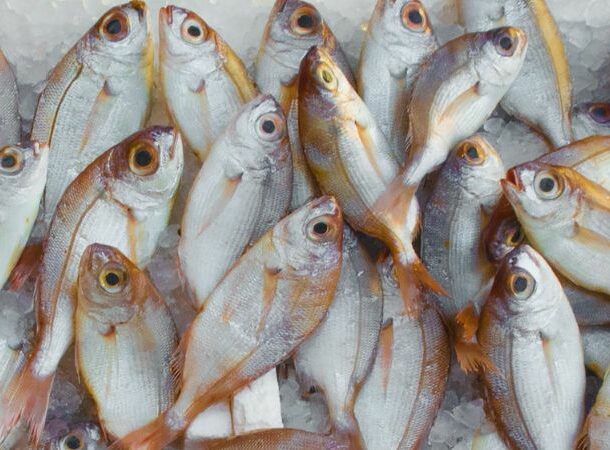
Systemic overfishing has been happening for years now. Environmentalists have been warning about the permanent damage humans are doing to marine life and the aquatic ecosystem and the statistics are terrifying.
Around 70% of the world’s fish population is considered either overused or in crisis. It’s not only us that will run out of food. The knock-on effects put at risk about a third of species like turtles, rays, sharks, and the coral that provides a habitat for animals and protects coastlines from erosion.
Bananas
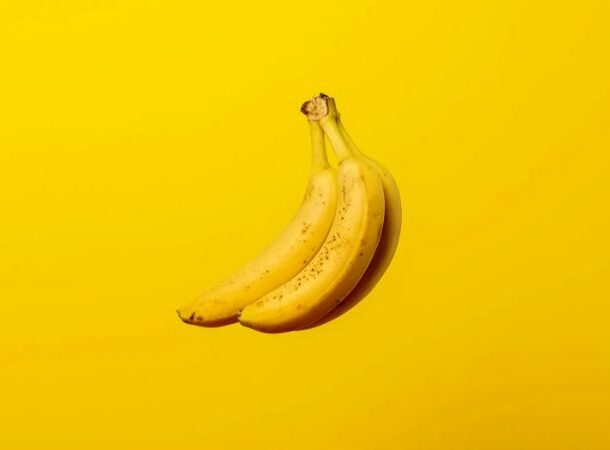
Humans may have evolved from the same ancestor as chimpanzees, but one of our favorite foods could be facing extinction: the banana. The most common kind eaten by humans is the Cavendish, which has been hit by a disease that’s ripping through and threatening to change our dependence on them.
At the moment, we consume more than 100 billion bananas worldwide. A new infection, called TR4, was first found in Darwin Australia over two decades ago and has now made its way through to China, India, Africa, and South America. As usual, science is fighting back, genetically modifying bananas to make them more resistant to the disease. But I’m not sure that they are going to win.
Still, bananas aren’t as essential as our top 5: from coral reefs and clean water to a staple food that more than half the world relies on, don’t go anywhere!
Soybeans
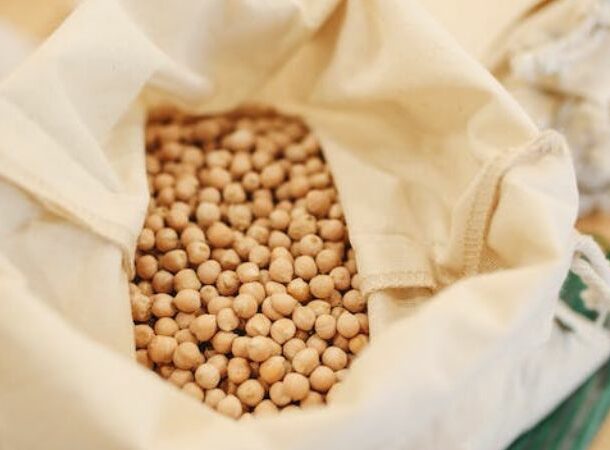
In the last few years, there has been a huge transition to non-animal-based products. Vegetarian and vegan alternatives have never been more available. Many of these are made from soybeans, which largely come out of South America.
Now, Argentina, the top-producing soybean nation in the world, is warning that they are in the middle of a disastrous year. The country suffered a drought in 2018 that wiped out more than a quarter of soybean production and is still struggling to recover. In the United States, dry weather is causing similar problems. Brazil is popping up as a promising alternative and if you like soy milk in your coffees, let’s hope that it can fill the gap!
Sesame seeds
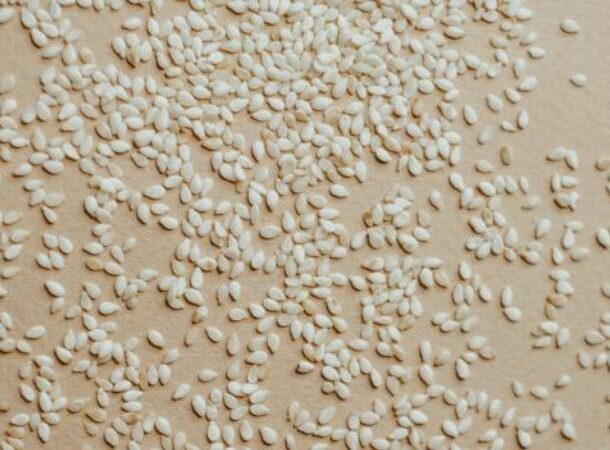
Myanmar, India, China, and Sudan are the four biggest producers of sesame seeds. These seeds are a great addition to plenty of dishes but are also put in cosmetics and soap because they are high in antioxidants and minerals. There’s even some evidence showing that sesamol has the right properties to help fight cancer. In many of the regions where sesame grows, either too little or too much rain is slowing down production.
Coral reefs

We’ve talked about the problems of overfishing — and how it affects coral. Not only overfishing but also the rising temperature of oceans and pollution are slowly but surely destroying coral reefs. UNESCO has launched an emergency program to preserve and regenerate the half a million square kilometers of coral reefs worldwide. Apart from boosting biodiversity, scientists have recognized that these coral reefs play an important role in absorbing carbon.
Clean water

If you can turn your tap on and drink clean water from it, you might not realize how lucky you are. About two billion people — or a quarter of the world’s population — don’t have access to this. And unfortunately, things are only going to get worse. This number is set to rise in the coming decades and as droughts become more common, the problem will spread more to urban centers.
Ginseng
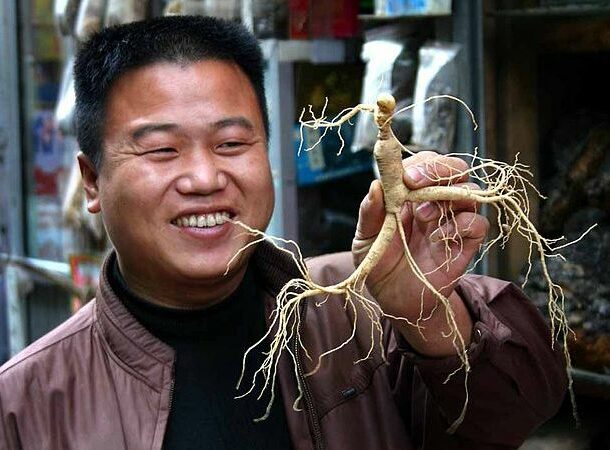
The herb ginseng has been used in Asian diets to treat health issues for thousands of years. Modern medicine has only confirmed benefits like reducing inflammation, improving cognition, and lowering blood sugar. It’s also becoming a popular ingredient for teas, skincare, and even energy drinks. Traditionally, ginseng has come from China, but increasingly, “hunters” look for ginseng in the United States like treasure, after finding out how valuable it is. One pound is worth between seven hundred to one thousand dollars.
In some states, an official permit is now required to go looking for the herb, which is found throughout central parts of the United States. This tradition goes back a long time, to indigenous Appalachian people, but as China runs out of ginseng, the demand has ramped up again.
Avocados
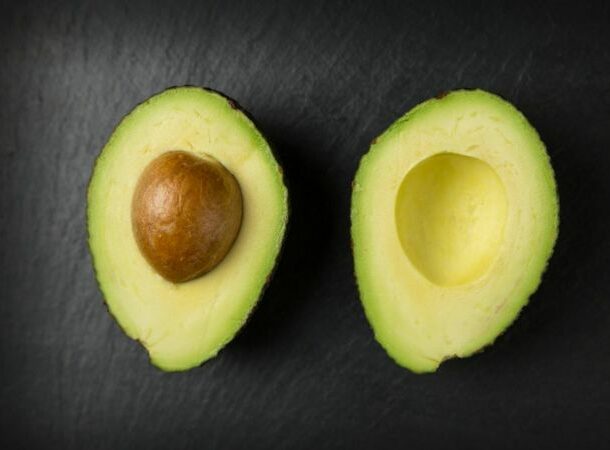
Avocados are not only delicious, they are also a healthy way to get a range of vitamins, nutrients, and fiber to your body. And if you thought they were already expensive, then you’ll be shocked to hear that a growing avocado shortage will likely shoot these prices up even further.
The problem is coming from the lack of fertilizer used to prepare land for avocado growth. Almost one-third of fertilizer in the United States comes from Russia, and during the Ukraine conflict, trade has been blocked. That isn’t the only issue though. Just like many of the other crops on the list, weather is taking its toll in places like Mexico, where droughts are slowing down production.
Rice
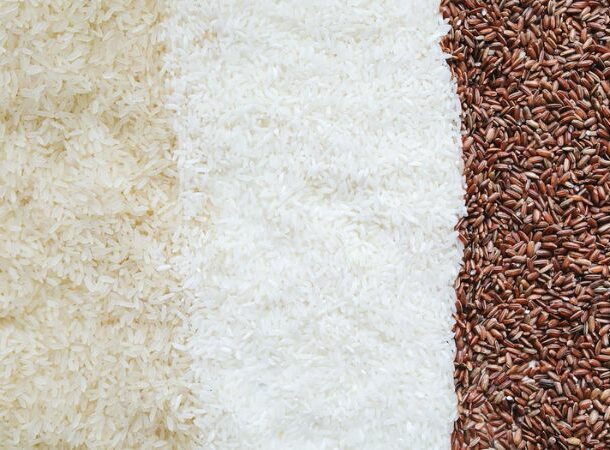
India has banned the export of rice to improve its supplies. While India becomes more secure though, the rest of the world suffers. India accounts for about 40% of rice production worldwide and although it is an “artificial shortage”, prices have skyrocketed in response, causing people to stockpile rice.
Considering the fact that over half of all people in the world eat rice as a staple food, any changes in the market have massive effects. Rice policy is even a big topic in the upcoming Indian presidential election.



























